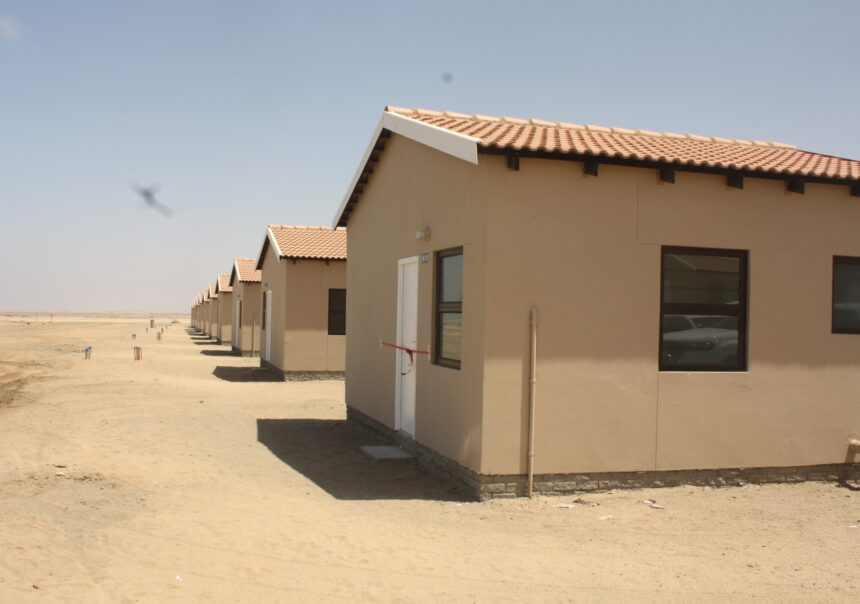Delivery of serviced land, housing and sanitation has progressed in line with the targets set over the Harambee Prosperity Plan (HPP) term, this is according to the final report of the programme for the first phase.
The National Housing Enterprise, together with partners such as the Government Institutions Pension Fund (GIPF), the Shack Dwellers Federation and Build Together delivered 16 464 houses, which is 82% of the targeted 20 000 new houses.
However, not all the houses are occupied due to various factors such as unaffordability, poor workmanship and uninstalled municipal services. The report attributes the main bottlenecks to pending court cases.
In 2016, 2 058 houses were built, 4 960 in 2017, 1 427 in 2 018 and 1 199 in 2019.
First Capital CEO and renowned economist Martin Mwinga, when validating the goals of the HPP2, said the Namibian economy responds positively to government spending and there is a strong correlation between government spending and GDP. One of the interventions he highlighted was the eradication of informal settlements, as there are currently 113 informal settlements with 141 143 shacks and a population of 401 748 inhabitants.
The report further stated the delivery of residential erven was achieved at 89% or 2 394 plots of the targeted 26 000. The bucket toilet was not all eliminated during the Harambee period. Out of 1 856 toilets, only 1 373 toilets were replaced with running water ablution facilities. The overall achievement is, therefore, 74%.
During the period under review, the construction of 50 000 rural toilets fell behind schedule in all 13 regions. Only 3 546 toilets were constructed, with none in the Ohangwena region. This is only 7% of the total HPP target. The delay was mainly due to financial constraints.
“While the bucket toilet system was not entirely eliminated by the end of the period envisaged, the execution rate of 74% give us optimism that we can eradicate the bucket toilet system in the next few years,” reads the report. To expedite the servicing of land, government subsidised some local authorities to service land, particularly where there is a big influx of people. In addition, the government provided local authorities with operational subsidies.
According to an address by President Hage Geingob, during the period under review, Namibia was hit by an economic downturn and severe drought spells, which led to subdued economic growth and inadvertently affected the implementation of the plan: “Despite various independent intervening variables that adversely affected our ability to obtain the set target, we achieved satisfactory results by focusing on key deliverables with minimal financial implications and by cultivating a performance culture in the public service that seeks to do more with less.”
In the social progression of the plan, the government introduced the Food Bank programme to address hunger. During the period under review, the Food Bank was rolled out to all 14 regions, benefiting a total of 10 156 households or 42 081 individuals.
– mndjavera@nepc.com.na


